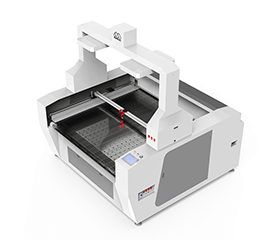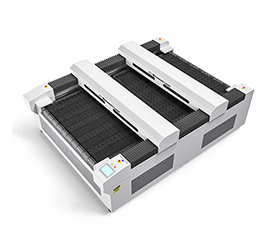Laser Cutting Taffeta Fabric
What Is Taffeta Fabric?
Are you curious about laser cutting taffeta fabric? Taffeta, also known as polyester taffeta, is a chemical fiber fabric that has seen a resurgence in the market with the use of matt silk. It's favored for its colorful look and low price, suitable for making casual wear, sportswear, and children's clothing.
Besides, due to its lightweight, thinness and printable, it's widely used in seat covers, curtains, jackets, umbrellas, suitcases, and sleep bags.
MimoWork Laser develops Optical Recognition System to help laser cut along the contour, accurate mark positioning. Coordinate with auto-feeding and addible collecting area, laser cutter can realize full automation and continuous processing with clean edge, accurate pattern cutting, flexible curved cutting as any shape.

Taffeta Fabric Advantages and Disadvantages
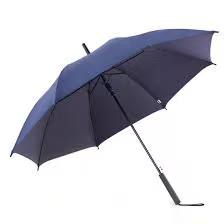
Parasols
▶ Advantages
1. Lustrous Appearance
Taffeta has a natural sheen that gives any garment or home decor item an elegant and luxurious look. This luster is due to the tight, smooth weave of the fabric, which reflects light in a way that creates a rich, shiny finish. For example, taffeta wedding gowns are popular because they catch the light, making the bride stand out.
2. Versatility
It can be used for a wide range of applications. In the fashion world, it's commonly used for formal wear such as ball gowns, evening dresses, and bridal veils. In home decor, taffeta is seen in curtains, upholstery, and decorative pillows.
3. Durability
Taffeta is relatively durable. The tight weave makes it resistant to tearing and fraying. When properly cared for, taffeta items can last for a long time.
▶ Disadvantages
1. Prone to Wrinkling
One of the main drawbacks of taffeta is its tendency to wrinkle easily. Even minor folding or creasing can leave visible marks on the fabric.
2. Breathability Issues
The tight weave that also limits its breathability. This can make it uncomfortable to wear for long periods, especially in warm or humid conditions. Skin may feel sweaty and clammy when in contact with taffeta, reducing the overall comfort of the garment.
Taffeta Fabric Uses
Taffeta fabric can be used to make many products, and a fabric laser cutter can modernize the taffeta upholstery fabric production.
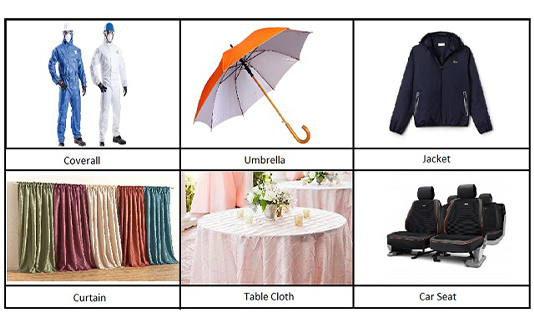
• Wedding dresses
• Bridal veils
• Ball gowns
• Evening dresses
• Prom dresses
• Blouses
• Tablecloths
• Curtains
• Upholstery for sofas
• Pillowcases
• Decorative wall hangings
• Sashes
• Parasols
• Costumes for theater or cosplay
What Are the Advantages of A Laser Machine for Processing Fabrics?
Clean, Sealed Edges:
Laser cutting melts taffeta’s fibers at the cut line, creating a sealed edge that prevents fraying. This eliminates the need for post-processing steps like hemming, which is critical for taffeta’s use in clothing, curtains, or upholstery where neatness matters.
Precision for Intricate Designs:
Lasers handle tiny details (even under 2mm) and curved shapes with accuracy.
Continuous Processing Capability:
Paired with auto-feeding systems, laser machines can process taffeta rolls non-stop. This boosts efficiency for mass production, a key advantage given taffeta’s affordability and use in high-volume items like umbrellas or sportswear.
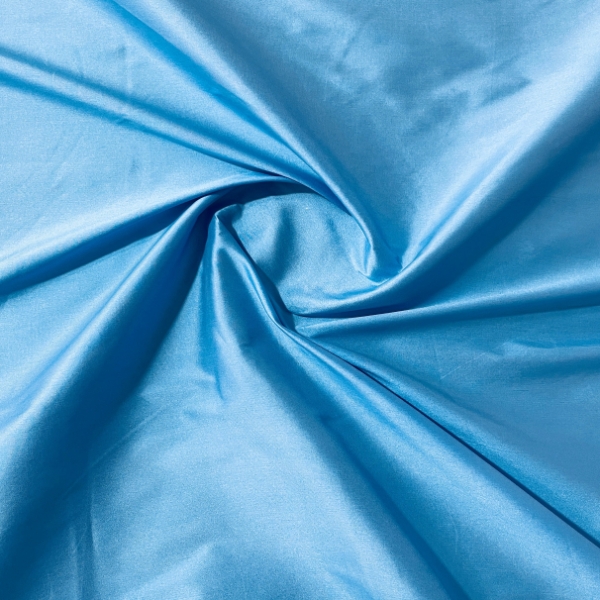
Taffeta Fabric
No Tool Wear:
Unlike mechanical cutters that dull over time, lasers have no contact with the fabric. This ensures consistent quality across batches, crucial for maintaining uniform standards in taffeta products.
Recommended Laser Textile Cutting Machine for Taffeta Fabric
Flatbed Laser Cutter 160
| Working Area (W * L) | 1600mm * 1000mm (62.9” * 39.3 ”) |
| Laser Power | 100W / 150W / 300W |
| Max Speed | 1~400mm/s |
| Acceleration Speed | 1000~4000mm/s2 |
Contour Laser Cutter 160L
| Working Area (W *L) | 1600mm * 1200mm (62.9” * 47.2”) |
| Laser Power | 100W / 130W / 150W |
| Max Speed | 1~400mm/s |
| Acceleration Speed | 1000~4000mm/s2 |
Flatbed Laser Cutter 160L
| Working Area (W * L) | 2500mm * 3000mm (98.4’’ *118’’) |
| Laser Power | 150W/300W/450W |
| Max Speed | 1~600mm/s |
| Acceleration Speed | 1000~6000mm/s2 |
Video Display: Laser Cutter with Extension Table
Embark on a journey to a more efficient and time-saving fabric-cutting experience with the transformative CO2 laser cutter featuring an extension table. This video introduces the 1610 fabric laser cutter, showcasing its ability for continuous roll fabric laser cutting while seamlessly collecting the finished pieces on the extension table. Witness the significant time-saving advantage!
If you're eyeing an upgrade for your textile laser cutter but have budget constraints, consider the two-head laser cutter with an extension table. Beyond heightened efficiency, this industrial fabric laser cutter excels in handling ultra-long fabrics, accommodating patterns longer than the working table itself.
Precautions for Laser Processing
Ensure Proper Ventilation:
Laser processing taffeta produces smoke from melted fibers. Use exhaust fans or open windows to clear fumes—this protects operators and prevents residue from coating the laser lens, which can reduce precision over time.
Use Safety Gear:
Wear laser-rated safety glasses to shield eyes from scattered light. Gloves are also recommended to protect hands from sharp, sealed edges of processed taffeta, which can be surprisingly rigid.
Verify Material Composition:
Always check if the taffeta is polyester-based (most laser-compatible). Avoid blends with unknown additives or coatings, as they may release toxic fumes or melt unevenly. Refer to the fabric’s MSDS for safety guidance.
Test Settings on Scrap Fabric:
Taffeta thickness or weave can vary slightly. Run test cuts on scrap pieces first to adjust power (too high may burn) and speed (too slow may warp). This avoids wasting material on faulty runs.
FAQs
Yes!
you can use a fabric laser - cutting machine to cut and engrave fabric and textiles. It's an excellent option for obtaining precise cuts and detailed engravings.
Numerous textiles are appropriate for laser cutting. These include cotton, felt, silk, linen, lace, polyester, and fleece. For synthetic textiles, the heat from the laser seals the edges, preventing fraying.
Laser cutting works best with thinner taffeta, typically 1-3mm in thickness. Thicker pieces can make cutting more challenging and may cause edge overheating. With proper parameter adjustments—like controlling laser power and speed—the process won’t compromise the fabric’s natural crispness. Instead, it delivers clean, precise cuts that avoid the fraying issues of manual cutting, preserving that sharp finish.



